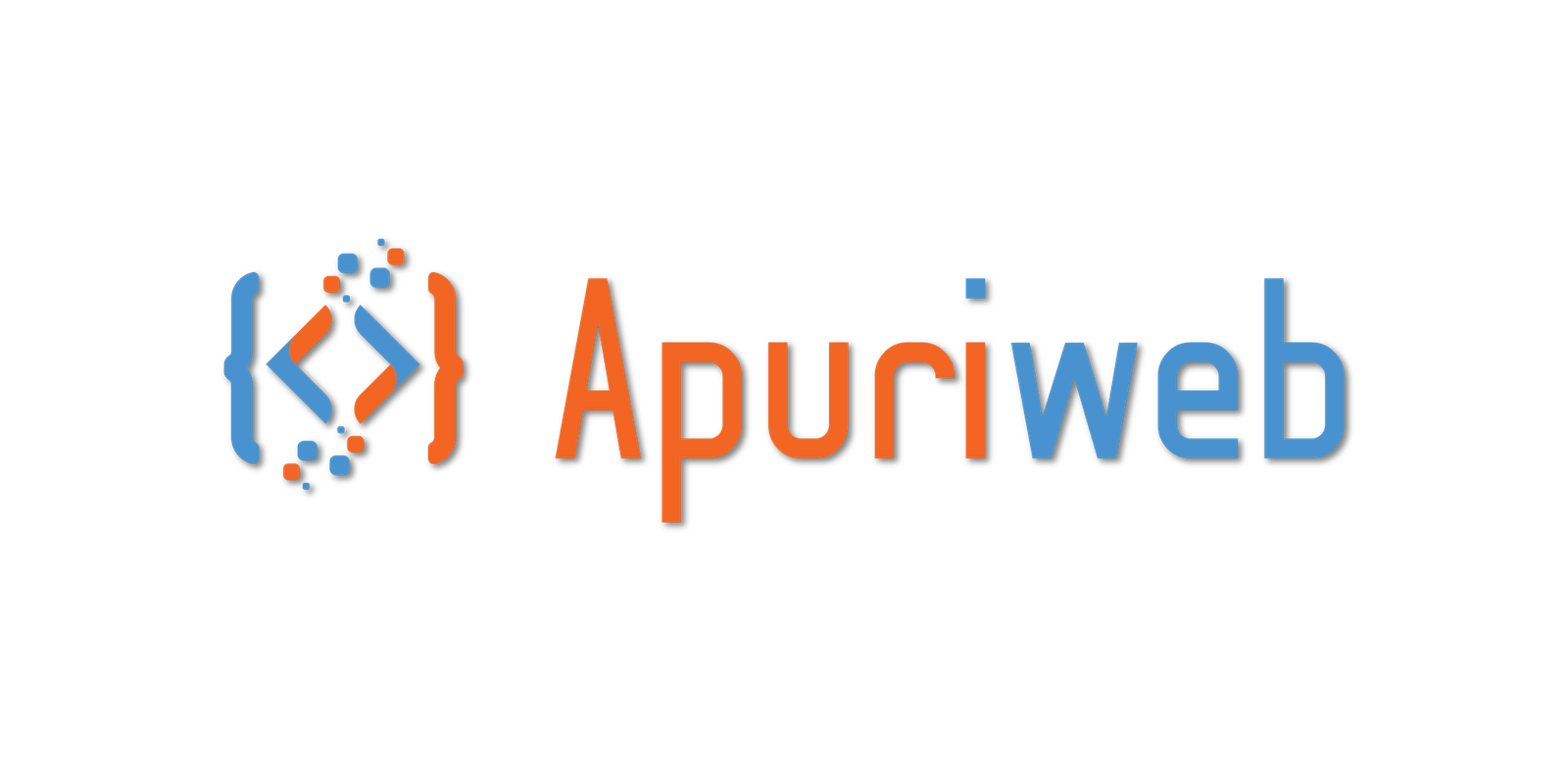
Web3 refers to the next generation of the internet that is being built with blockchain technology at its core. It aims to decentralize the web, empower users, and enable peer-to-peer interactions without the need for intermediaries. Web3 applications leverage the capabilities of blockchain, smart contracts, and decentralized networks to create a more transparent, secure, and user-centric internet.
Here are some key components and concepts associated with Web3:
Blockchain:
Web3 relies on blockchain technology, which is a decentralized and distributed ledger that securely records transactions across multiple computers or nodes. Blockchain ensures transparency, immutability, and trust in data and transactions.
Smart Contracts:
Smart contracts are self-executing contracts with predefined rules and conditions. They are built on blockchain platforms and automatically execute actions when specific conditions are met. Smart contracts enable decentralized applications (D Apps) and facilitate automated and trustless interactions between parties.
Decentralized Applications (D Apps):
D Apps are applications that run on decentralized networks or blockchains, removing the need for a central authority. D Apps leverage the power of smart contracts to provide decentralized services, enhance user privacy, and enable peer-to-peer interactions.
Cryptocurrencies and Tokens:
Web3 applications often involve the use of cryptocurrencies and tokens. Cryptocurrencies like Bitcoin and Ethereum are used as digital currencies within the Web3 ecosystem, while tokens represent assets, utility, or value within a specific D App or blockchain network.
Web3 Protocols and Standards:
Various protocols and standards are being developed to support Web3 infrastructure. For example, the Inter Planetary File System (IPFS) enables decentralized and distributed file storage, while the Ethereum blockchain serves as a platform for building and running smart contracts.
User Sovereignty and Privacy:
Web3 aims to give users greater control over their data and digital identities. It prioritizes privacy, allowing users to own and manage their data, and has more granular control over sharing and access permissions.
Web3 Development Tools:
Several tools and frameworks are available to develop Web3 applications. These include web3.js for interacting with Ethereum and other blockchains, Solidity for writing smart contracts, and various development frameworks like Truffle and Hardhat for building D Apps.
Web3 is still an evolving concept, and its full potential is yet to be realized. However, it holds promise for transforming industries such as finance, supply chain management, digital identity, decentralized governance, and more, by providing secure, transparent, and censorship-resistant solutions.
